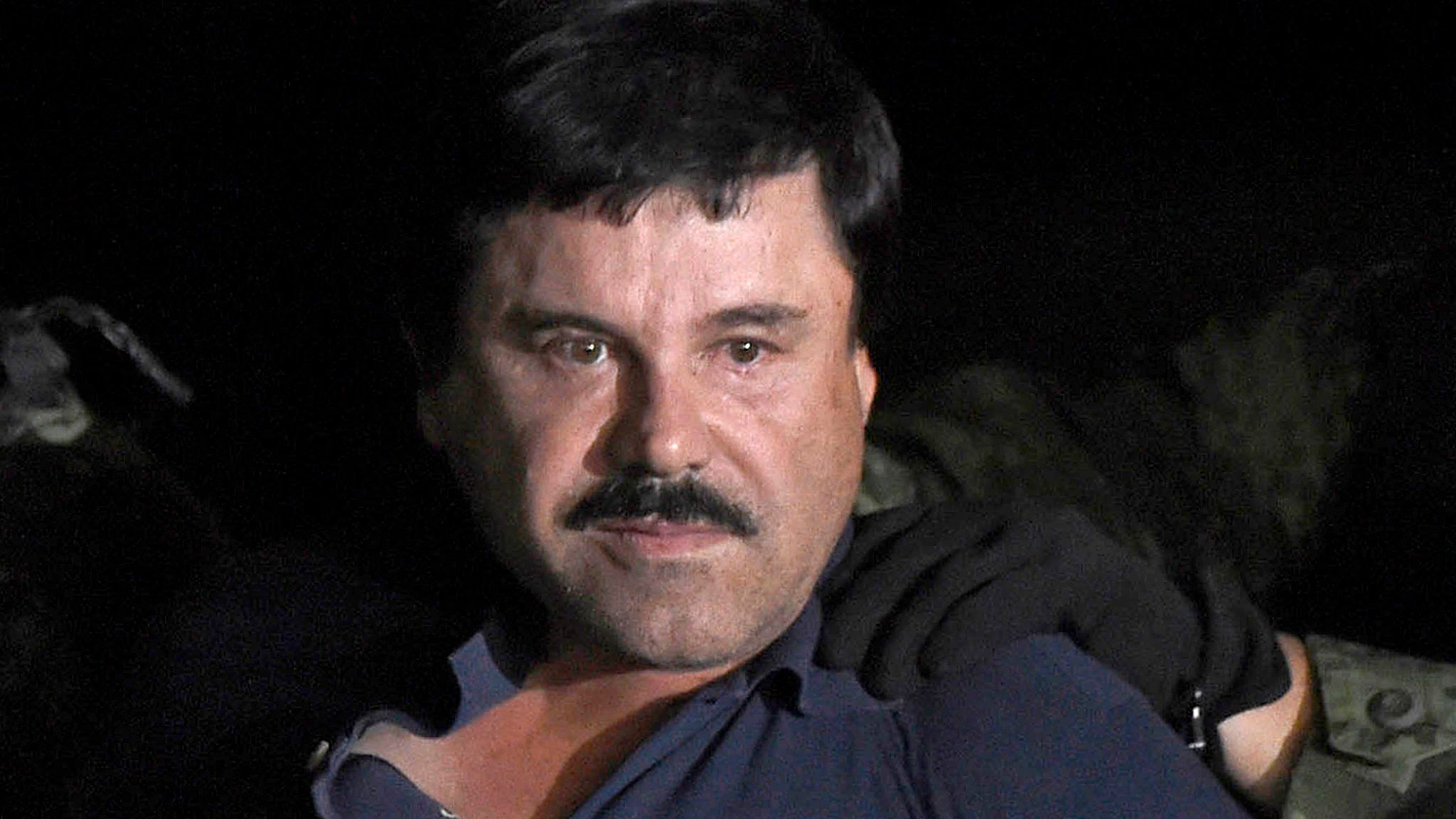Columnists
New approaches for universal access to power
Monday, June 10, 2019 19:58
By KARIUKI WAIHENYA |

Despite recent progress by the Kenyan Government to connect its more than 45 million citizens to electricity as well as turbo-charge a drive towards clean energy, more than half the population is still in darkness.
According to Kenya Power and Lighting Company, the country’s power distributor, access to electricity has risen in the last four years from 26 percent of homes in 2011 to 73 percent (both grid and off-grid) as at the end of June 2018.
The persistent gap in access has been blamed on low investment in the power sector by private investors, high cost of rural electrification, limited distribution capacity and limited capacity during peak demand.
Yet as a coalition of energy sector leaders and experts sought to demonstrate recently at the annual African Utility Week in Cape Town, South Africa, a world of opportunity and hope beckons.
The coalition created a bench mark for East Africa and the continent as a whole by launching the first real-world project to show-case new business models bringing together Uganda’s largest electricity distribution company Umeme and several leading decentralized (off-grid) renewable energy companies to demonstrate the potential for integrated energy.
The co-ordinator of the initiative, Power for All, published a report, Utilities 2.0: Integrated Energy for Optimal Impact, a strategy to boost the war against energy poverty. Funded by The Rockefeller Foundation, the strategy seeks to challenge traditional approaches to energy access and spearhead the role of integrated systems that fully leverage decentralized renewable energy as the next frontier for global power supply, in Uganda and the rest of sub-Saharan Africa as well.
Kenya’s development blue print the Vision 2030 has identified energy as a key foundation and “one of the infrastructural enablers upon which the economic, social, and political pillars of this long-term development strategy will be built.”
The Government is focused on sustaining a stable investment climate for private-sector participation in energy, developing expanded transmission and distribution networks to deliver power to customers, maintaining cost-reflective tariffs, and reducing inefficiency in the sector to support more affordable end-user tariffs.
President Uhuru Kenyatta’s Big Four Agenda, on which he hopes to build his legacy, has placed energy at the centre of the four pillars of Food Security, Manufacturing, Universal Health Care and Affordable Housing.
“To achieve the Big Four Agenda, adequate supply of electricity is, undeniably, a primary enabler. This is the reason why electricity generation and distribution has been at the top of our infrastructural development programme,” the President said in April in his annual State of the Nation address.
Yet for Kenya to effectively place energy at the core of its development plans, new integrated approaches are needed to deliver universal access, especially for hard-to-reach last-mile customers, and to support the expansion of solar, wind and geothermal generation.
It can achieve this by working hand in hand with private sector companies, who are built to be flexible, customer-centric and cost-efficient, thus pushing more investments to the renewable energy sector by aligning with support from the international community and private capital that is still largely on the sidelines.
The writer is Education Editor, Daily Nation.
Kenyan Business Feed is the top Kenyan Business Blog. We share news from Kenya and across the region. To contact us with any alert, please email us to [email protected]












